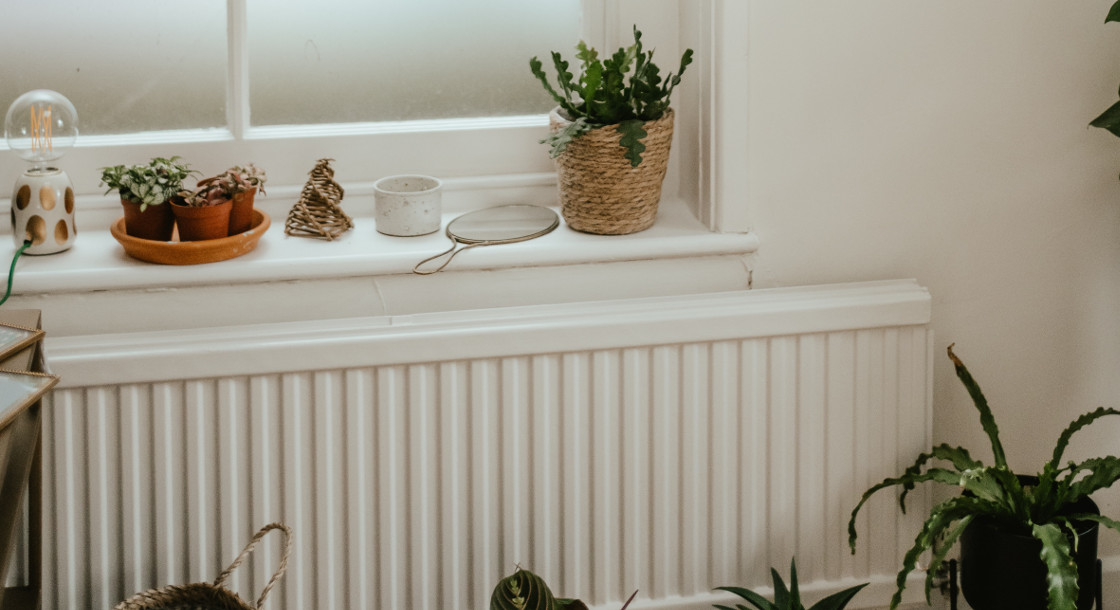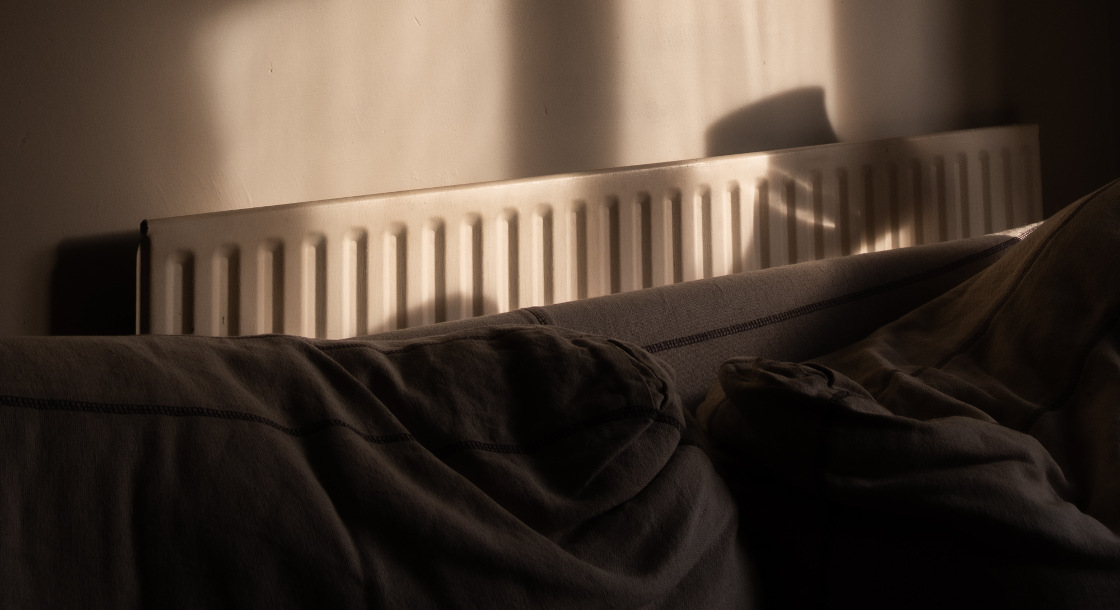Deciding where to install a new radiator in a room is, of course, completely up to you. There may be good reasons why you want to place it opposite the window or on the wall where the sofa will be but, if possible, it is usually best to follow a few rules for positioning radiators.
By following these simple rules, you will allow the radiator to provide the most warmth and perhaps save a little on your heating bills.
Does it Matter Where You Place a Radiator?
It can be easy to assume that a radiator installed anywhere in a room will heat it the same no matter what. But positioning the main source of room heat in the wrong place can have a drastic effect on how efficiently it works. You don’t have to be a master of thermodynamics, but it helps to understand a little about how hot air behaves, and how it interacts with cold air.
If your radiator isn’t producing as much heat as you think it should, it might be less to do with position and more to do with needing to be bled. Here’s how to bleed a radiator quickly and easily.
Why Install a Radiator Under a Window?
Although it is common in UK homes, many people wrongly think that by positioning the radiator under a window, all you are doing is wasting heat as it rises against the cold glass. In reality, placing the radiator there will give the best results in most cases. Even in a modern house with modern double or triple-glazed windows.
The warm air rising from the radiator will counteract the cold air falling from the glass of the window, meaning that the cold air has less chance to spread into the room. This cold air is far less obvious thanks to modern windows, but if you live in a period property with period windows it can make a huge difference.
Another advantage of placing the radiator underneath the window is that this wall is usually left free of furniture and so you make better use of the available space. Even if a wall is free from furniture at present, you might decide to rearrange the room at some point in the future.
Placing a large piece of furniture in front of a radiator isn’t the end of the world, but it will act as a barrier to the heat spreading around the room.

When to Install a Radiator Opposite a Window
The position of your new radiator is less critical if you have double-glazed windows, as there will be far less cold air seeping into the room and less warm air escaping.
However, if you do not have double-glazed windows it is usually better not to position a radiator directly opposite a large window. The warm air rising on one side of the room and the cold air falling on the other can sometimes exaggerate the flow of air around the room and create a noticeable draught.
If you have no other choice but to position the radiator opposite a window, you can disrupt this rotating flow of air by positioning a shelf slightly above the top of the radiator. This will force the hot air out into the room, rather than into the flow of cold air.
Which Style of Radiator is Better?
Not too long ago, domestic radiators were all a similar size and shape, i.e. various-sized flat, rectangular panels that took up a lot of wall space. Nowadays, you can find radiators in a much wider variety of sizes and shapes.
Unfortunately, there is no “best” size and style to recommend. it all depends on the size, style, and configuration of the room, as well as the decor style you want to achieve and how well your house is insulated. In a modern house, where insulation is good, an upright radiator might be desirable because they use up far less space on the wall (and look great too.) A Victorian terraced house might suit an imitation cast iron radiator instead.
Where You Should Avoid Placing a Radiator
All radiators, no matter the style, work in essentially the same way. So there are certain locations and surroundings that can prevent any radiator from efficiently heating a room. Here are some of the most common:
1. Behind a Sofa/Large Piece of Furniture
It can be tempting to hide an unattractive radiator behind a sofa or other big lump of furniture, but you will certainly reduce its efficiency by doing so. Although heat will still rise from the top of the radiator, most of the heat emitting from the front will be sucked up by the sofa, leaving the rest of the room cold.

2. Covered by Full-length Curtains
Curtains that hang to the floor in front of a radiator will have a similar effect to a sofa in front of it. They prevent the waves of heat from pushing out into the room and instead channel most up towards the window. The thicker your curtains, the more pronounced this blocking effect will be.
3. Behind a Door
Small rooms might not have the wall space for a radiator anywhere but behind the door. Although doing this is not a disaster for room heat, by placing it on a wall facing out onto the (often) unheated hallway, a good portion of the heat will be wasted through the wall. If the door is often left open, in front of the rad, it can also block heat flow into the room.




